Studio MOTO and Hans Op de Beeck clad a villa in rubber

Designed by Erik Van Biervliet in the 1960s, the Museum Dhondt-Dhaenens is one of the most stylish private art establishments in Belgium, with a treasure trove of a collection to match. Now, a new project by artist Hans Op de Beeck, in collaboration with architect Mo Vandenberghe of Studio MOTO, has been added to the grounds. The building has been clad in black rubber in a bold intervention that converts the villa from architecture to object in the landscape.
The Wunderkammer residence transforms the existing 1930s Villa Meander on the estate into a Gesamtkunstwerk to house the museum’s library, including the personal book collection of Belgian curator Jan Hoet (1936-2014). Hoet was a curator and avid book collector (there are roughly 4600 books in the idiosyncratic and personal collection), who played a strategic role in the emergence of contemporary art in Belgium. The Wunderkammer residence is a new part of the Museum Dhondt-Dhaenens policy that seeks to make 20th century private art collections with links to Flanders accessible to the public.

‘As soon as you shut the door behind you, you are completely absorbed into a different, surreal world. It’s a monochrome, mysterious universe that I tried to capture in my images,’ says photographer Tim Van de Velde
‘The black casing creates an abstract version of the original, almost kitschy, cottage-style villa, transforming it into a sculptural, monumental art piece in the idyllic Leie landscape,’ says Op de Beeck. The monochrome MDF interior follows the same approach and provides the perfect backdrop for an immersive experience, especially orchestrated to spark dialogue and discovery.
The interior has been staged as a fictional ‘wunderkammer’ and painted dark grey to create an introspective atmosphere. It echoes the dense exterior treatment of the building in its cinematic theatricality, submerging visitors in a mysterious and imaginative plot. Sculptural forms of still lifes, nudes and archtectural models can be found between floor-to-ceiling book-filled shelves.
The EPDM rubber-clad structure will also host artists, curators, researchers and writers as part of a residency programme organised by the museum. This is now the museum’s second residency location – in 2015, the Dhondt-Dhaenens launched the Van Wassenhove residence, located architect Juliaan Lampens’ Brutalist building from 1974 in Sint-Martens-Latem. The residency programme reflects the museum’s interest in creating spaces for individuals to explore art within wider contexts. §
A version of this story was originally featured in the December 2018 issue of Wallpaper* (W*238)
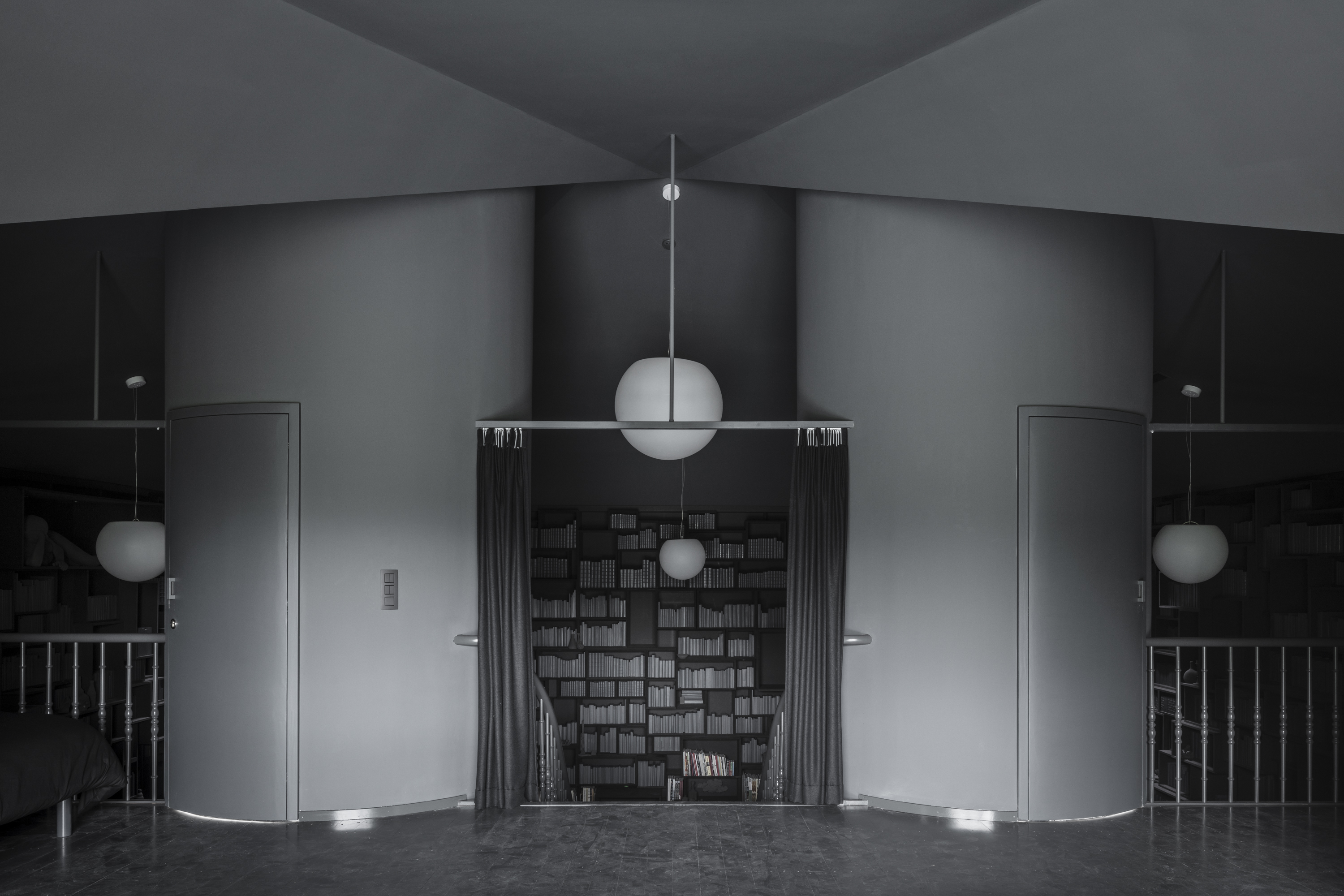
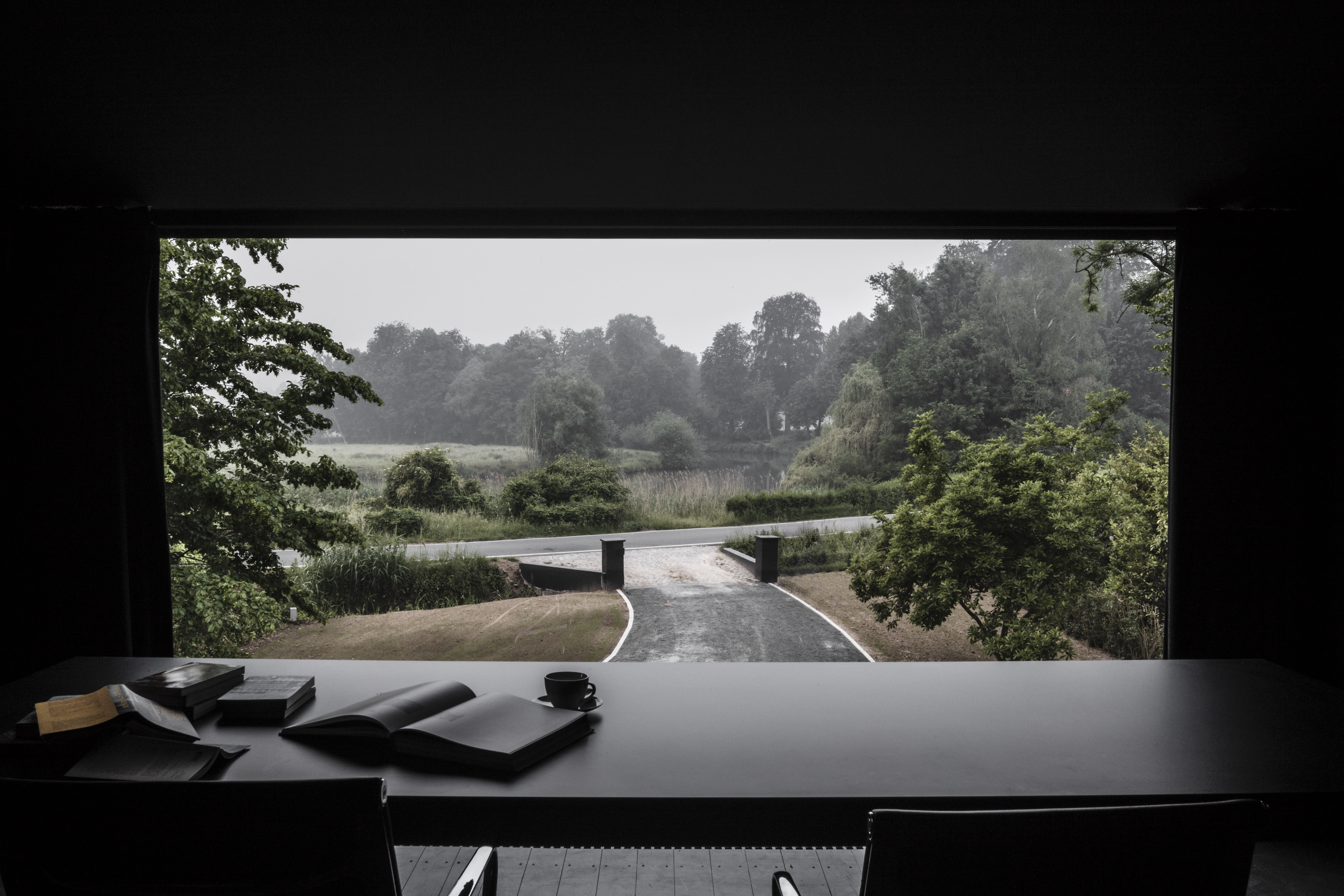
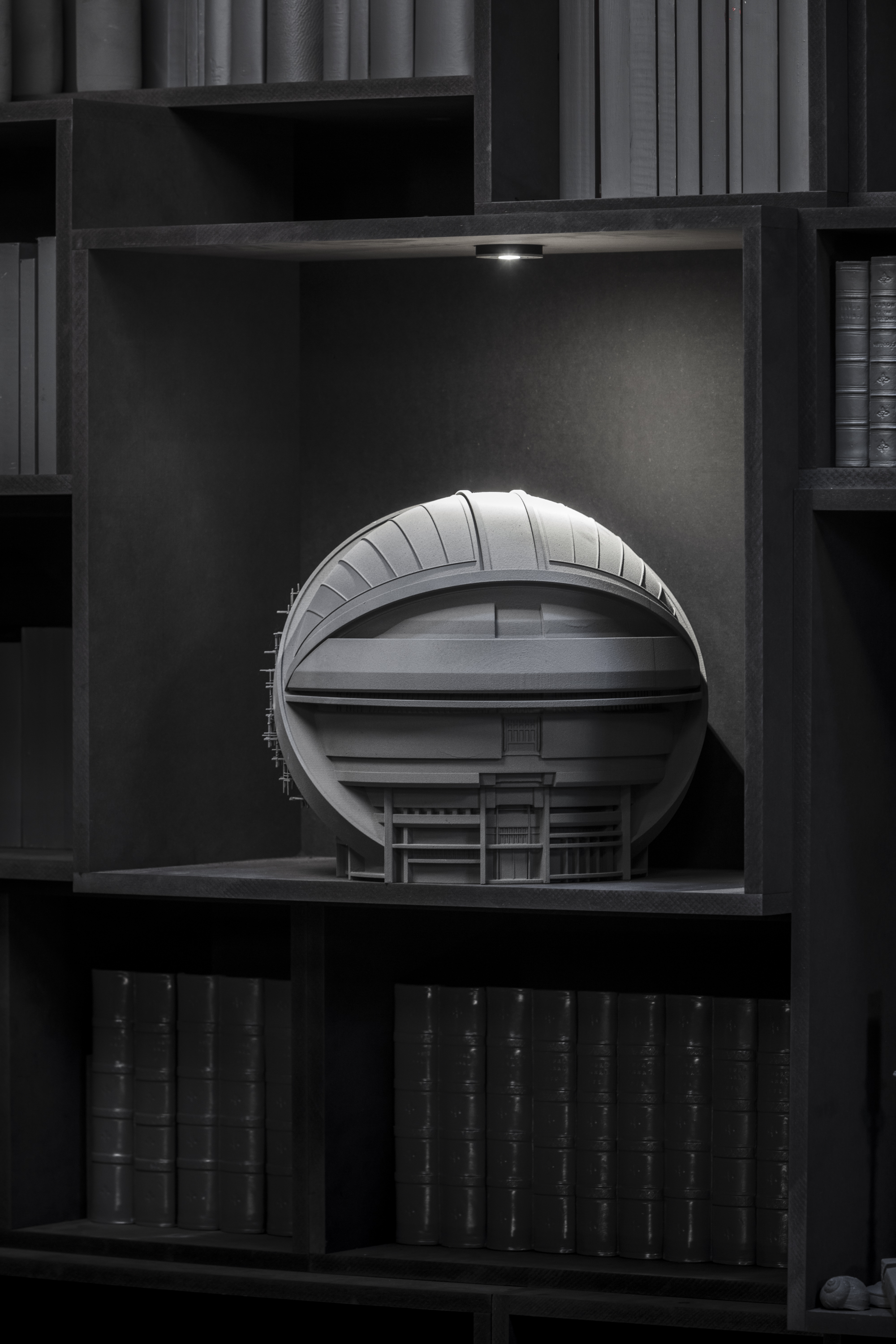


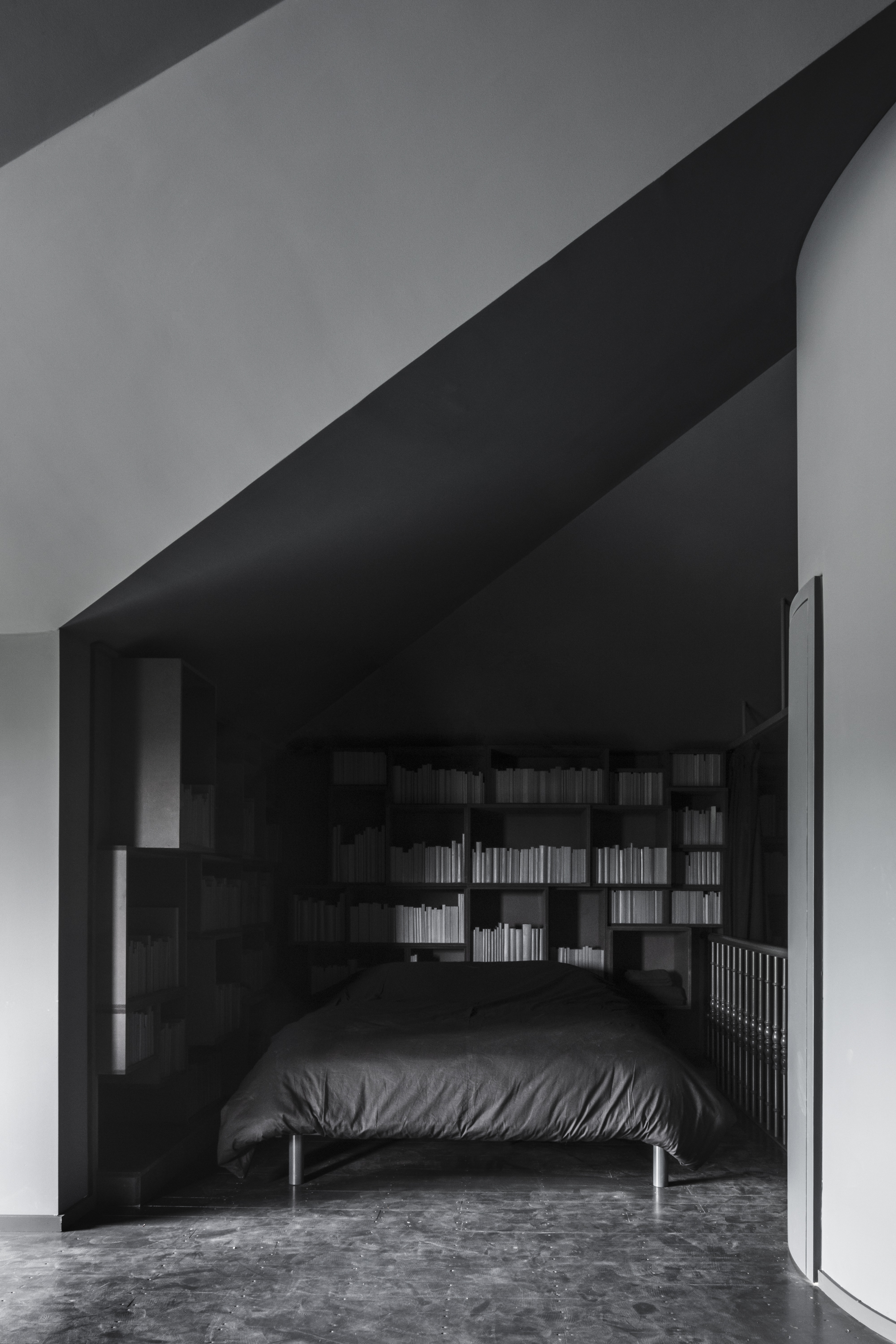
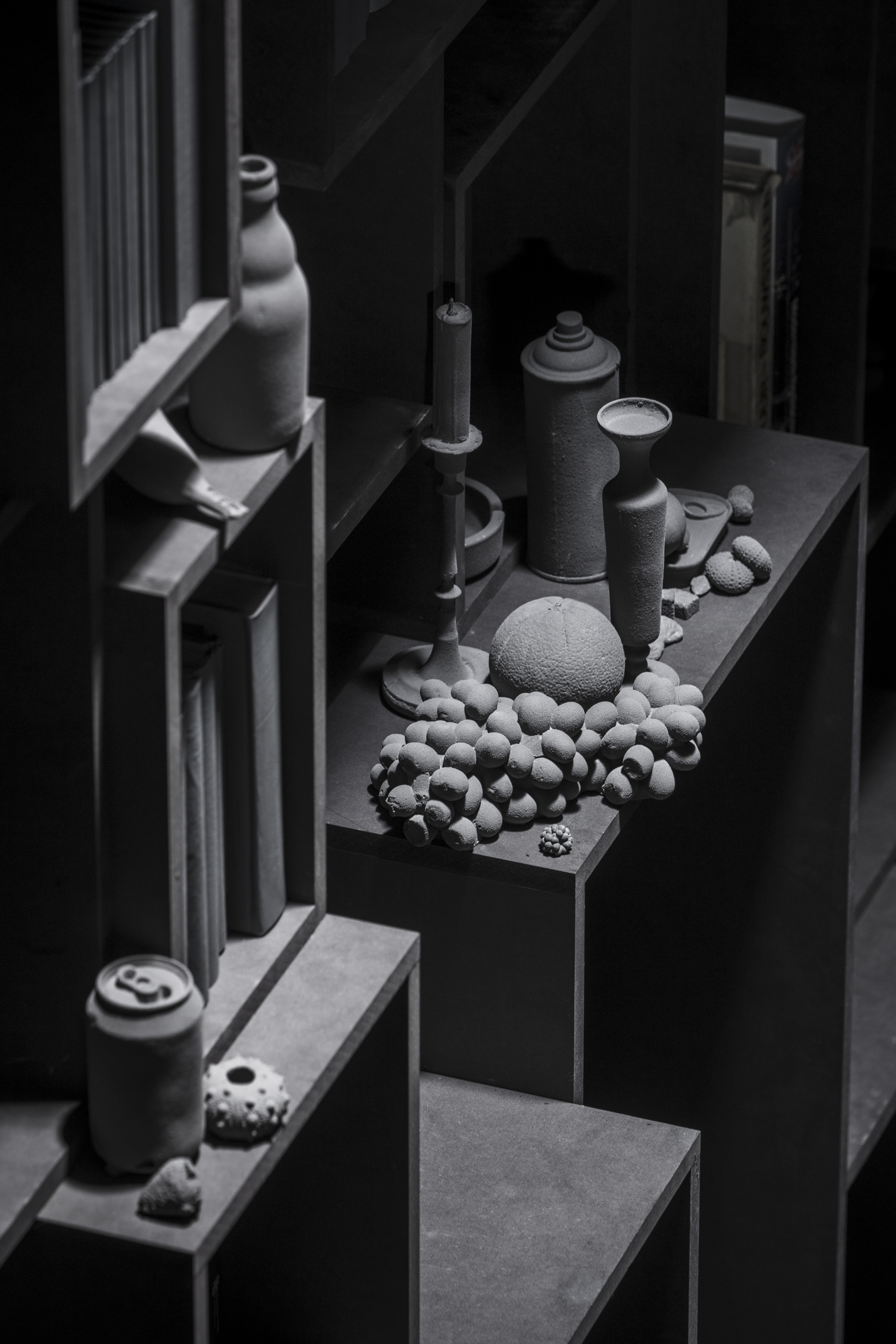
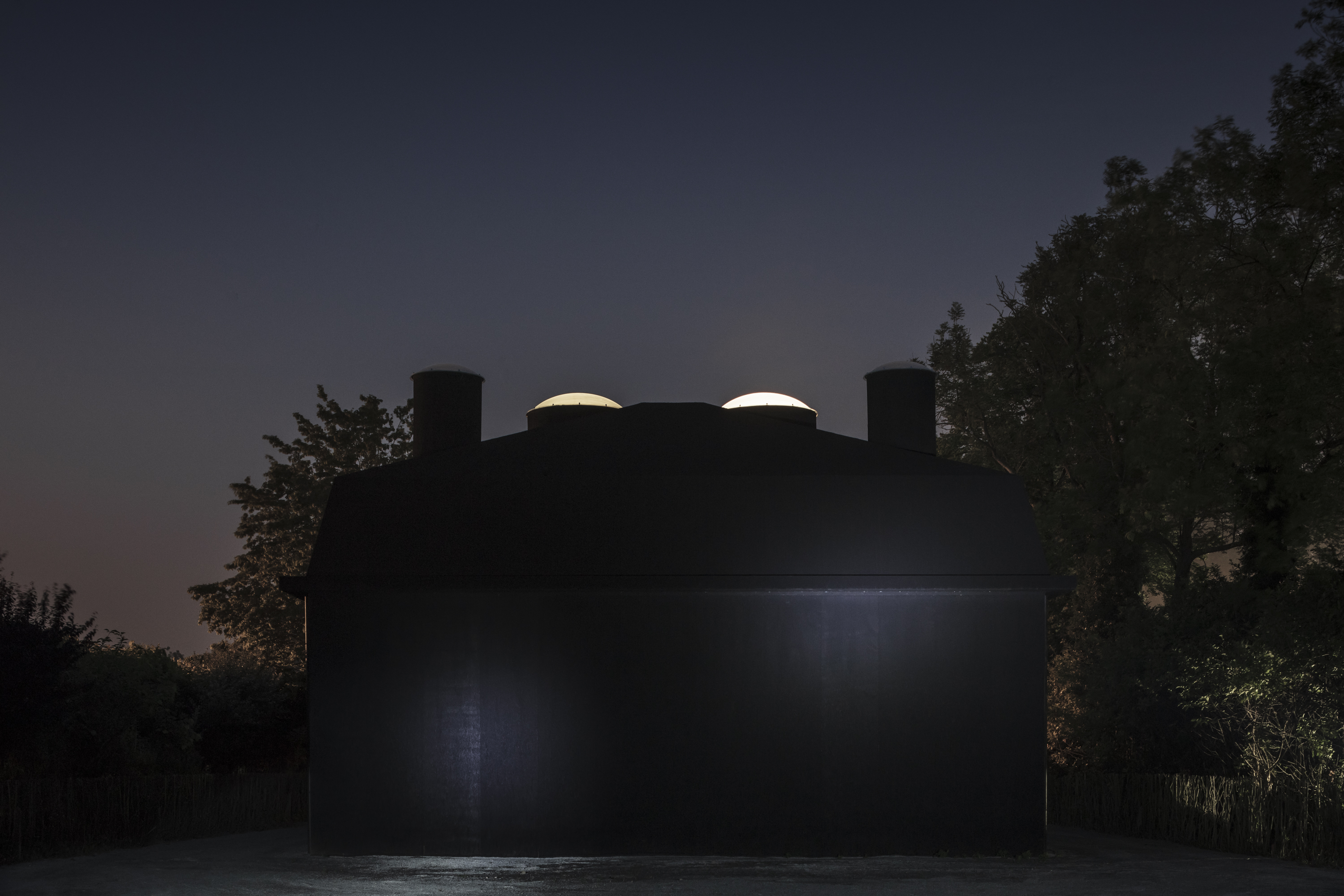
INFORMATION
For more information, visit the Studio MOTO website and the Hans Op de Beeck website
Receive our daily digest of inspiration, escapism and design stories from around the world direct to your inbox.
Ellie Stathaki is the Architecture & Environment Director at Wallpaper*. She trained as an architect at the Aristotle University of Thessaloniki in Greece and studied architectural history at the Bartlett in London. Now an established journalist, she has been a member of the Wallpaper* team since 2006, visiting buildings across the globe and interviewing leading architects such as Tadao Ando and Rem Koolhaas. Ellie has also taken part in judging panels, moderated events, curated shows and contributed in books, such as The Contemporary House (Thames & Hudson, 2018), Glenn Sestig Architecture Diary (2020) and House London (2022).
-
 A day in Ahmedabad – tour the Indian city’s captivating architecture
A day in Ahmedabad – tour the Indian city’s captivating architectureIndia’s Ahmedabad has a thriving architecture scene and a rich legacy; architect, writer and photographer Nipun Prabhakar shares his tips for the perfect tour
-
 You can now stay in one of Geoffrey Bawa’s most iconic urban designs
You can now stay in one of Geoffrey Bawa’s most iconic urban designsOnly true Bawa fans know about this intimate building, and it’s just opened as Colombo’s latest boutique hotel
-
 Pentagram’s identity for eVTOL brand Vertical Aerospace gives its future added lift
Pentagram’s identity for eVTOL brand Vertical Aerospace gives its future added liftAs Vertical Aerospace reveals Valo, a new air taxi for a faster, zero-emission future, the brand has turned to Pentagram to help shape its image for future customers
-
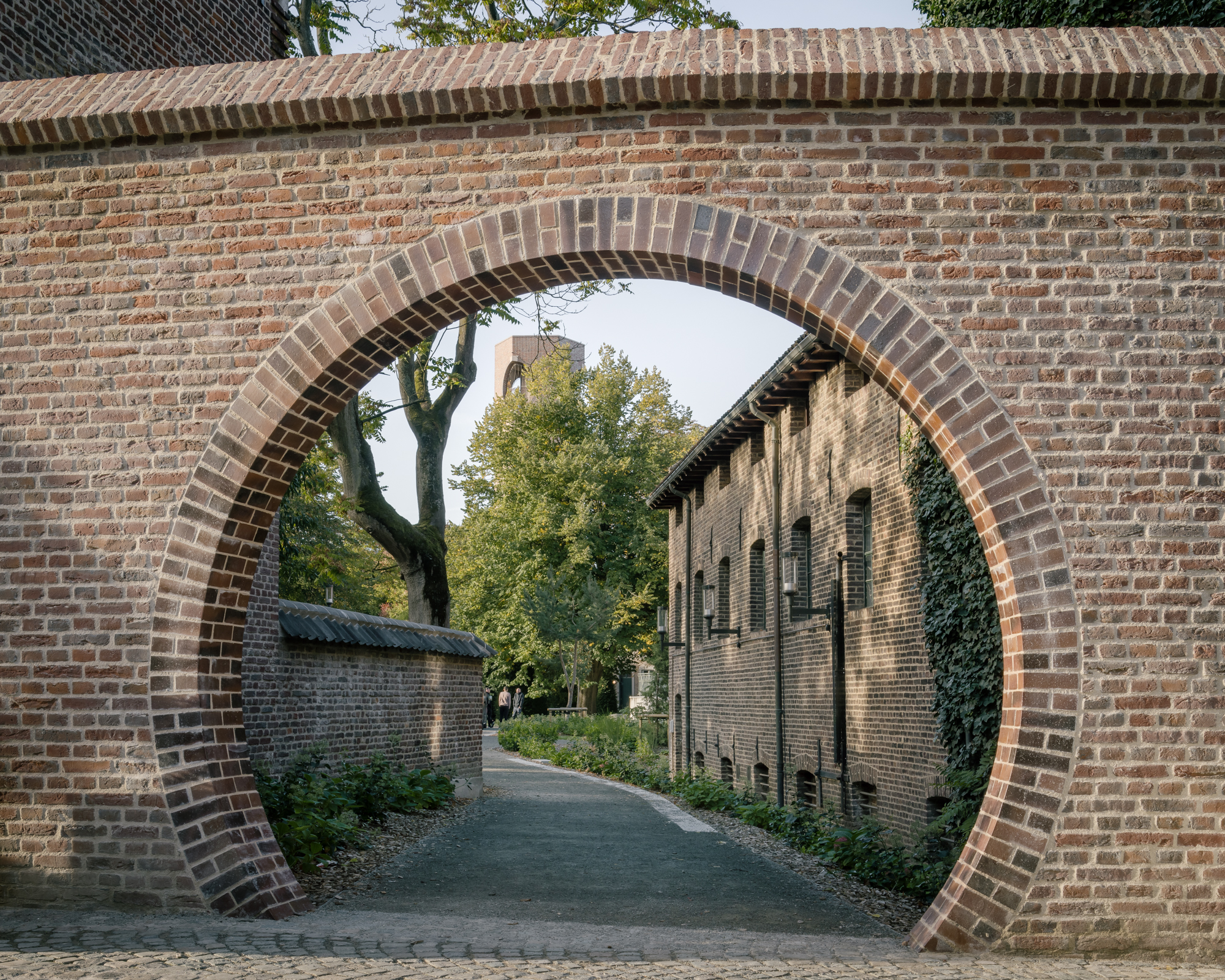 How a former women’s community in Belgium became a model for adaptive reuse
How a former women’s community in Belgium became a model for adaptive reuseA Hasselt beguinage, transformed to the 21st century through smart adaptive reuse by London-based architect David Kohn and Antwerp's Dirk Somers, makes for a fitting home for the city's Interior Architecture university programme
-
 Woodstock House reinterprets modernist legacy through 21st-century sustainability
Woodstock House reinterprets modernist legacy through 21st-century sustainabilityLocally sourced materials and high design ambition merge in the newest residential work by Belgium’s BC Architects & Studies & Materials
-
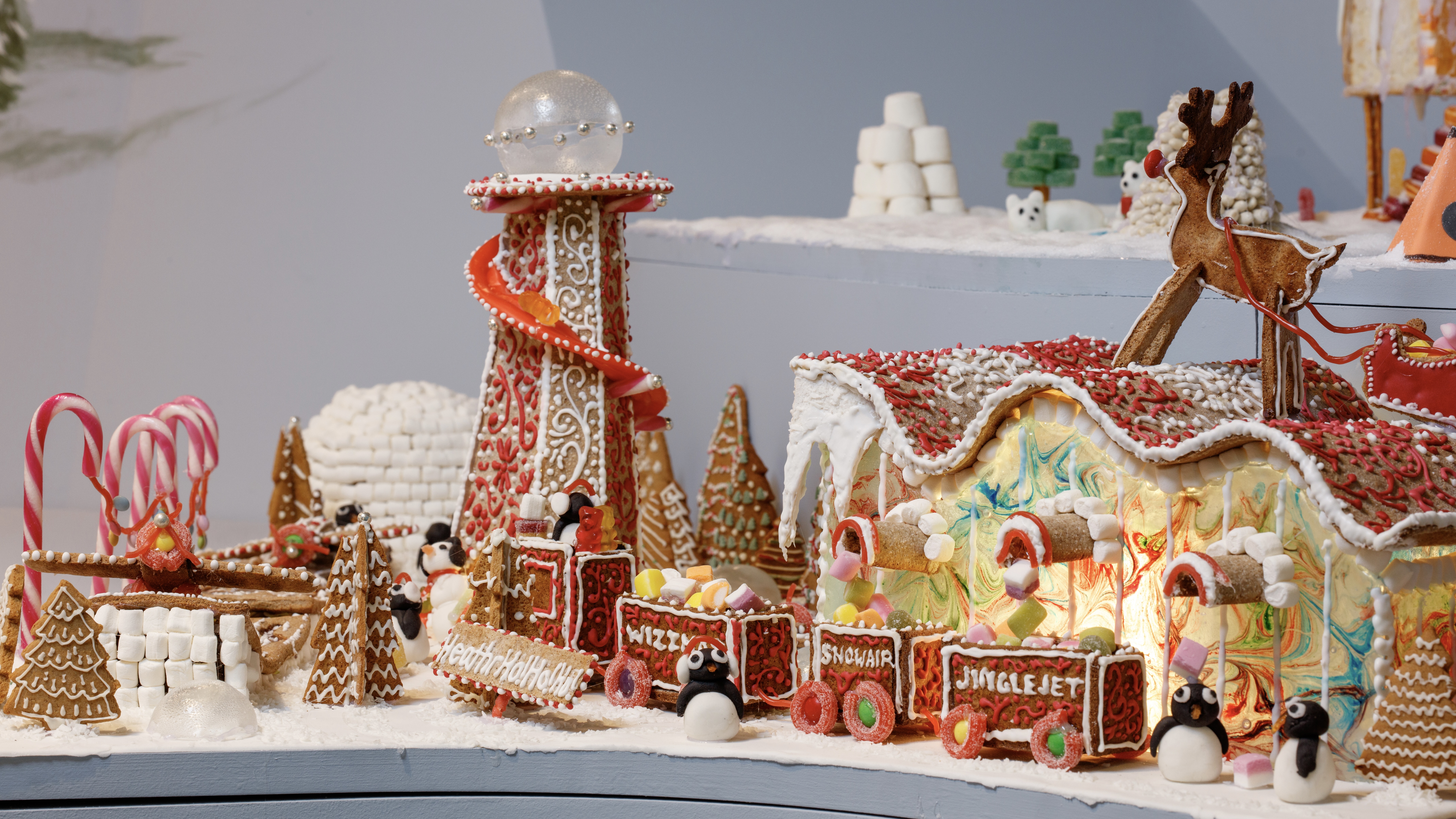 Welcome to The Gingerbread City – a baked metropolis exploring the idea of urban ‘play’
Welcome to The Gingerbread City – a baked metropolis exploring the idea of urban ‘play’The Museum of Architecture’s annual exhibition challenges professionals to construct an imaginary, interactive city entirely out of gingerbread
-
 ‘Landscape architecture is the queen of science’: Emanuele Coccia in conversation with Bas Smets
‘Landscape architecture is the queen of science’: Emanuele Coccia in conversation with Bas SmetsItalian philosopher Emanuele Coccia meets Belgian landscape architect Bas Smets to discuss nature, cities and ‘biospheric thinking’
-
 Explore the landscape of the future with Bas Smets
Explore the landscape of the future with Bas SmetsLandscape architect Bas Smets on the art, philosophy and science of his pioneering approach: ‘a site is not in a state of “being”, but in a constant state of “becoming”’
-
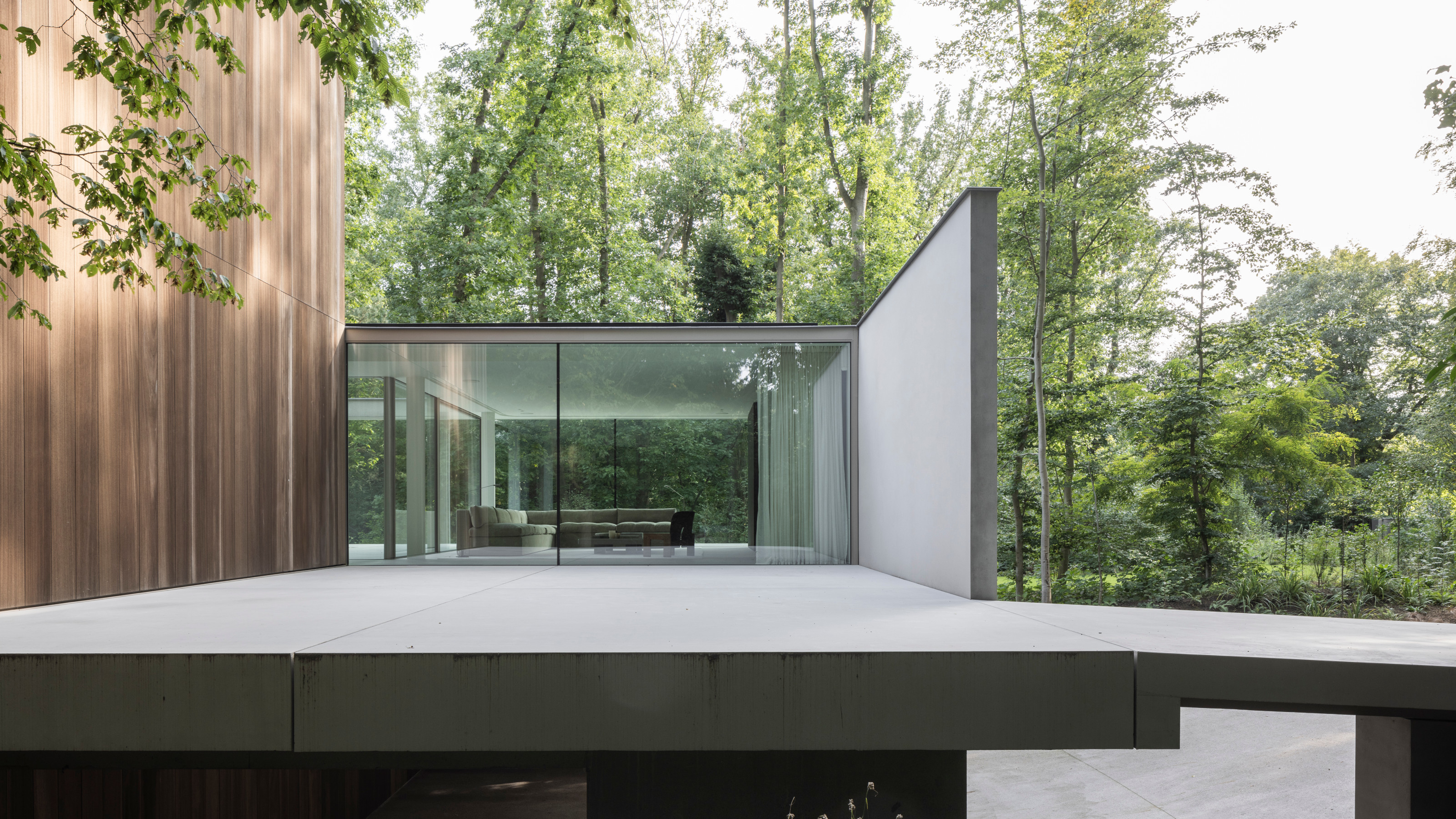 A contemporary concrete and glass Belgian house is intertwined with its forested site
A contemporary concrete and glass Belgian house is intertwined with its forested siteA new Belgian house, Govaert-Vanhoutte Architecten’s Residence SAB, brings refined modernist design into a sylvan setting, cleverly threading a multilayered new home between existing trees
-
 You’ll soon be able to get a sneak peek inside Peter Zumthor’s LACMA expansion
You’ll soon be able to get a sneak peek inside Peter Zumthor’s LACMA expansionBut you’ll still have to wait another year for the grand opening
-
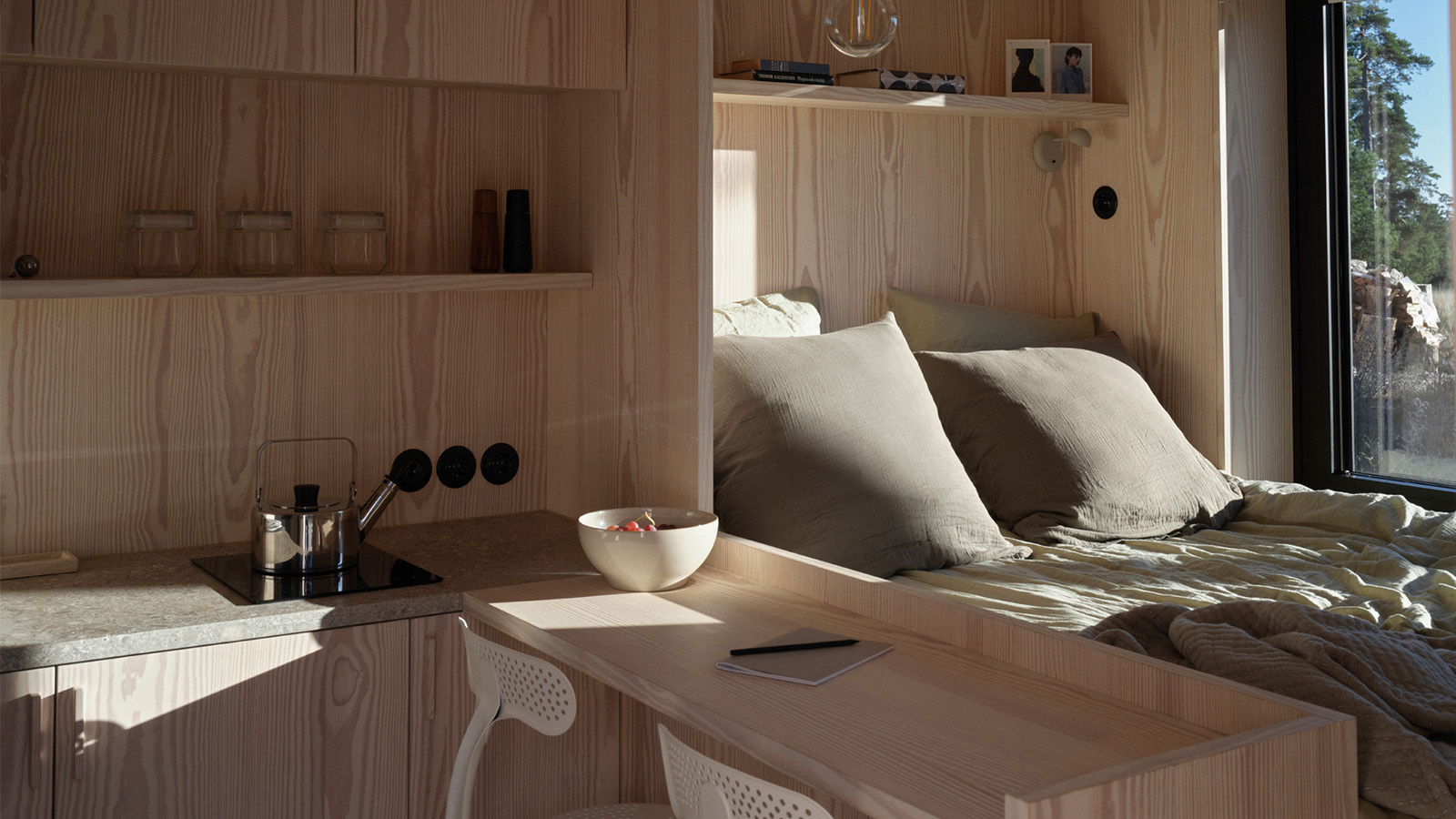 ‘Close to solitude, but with a neighbour’: Furu’s cabins in the woods are a tranquil escape
‘Close to solitude, but with a neighbour’: Furu’s cabins in the woods are a tranquil escapeTaking its name from the Swedish word for ‘pine tree’, creative project management studio Furu is growing against the grain